How to Create an Engineered Wood Material
In RISA-3D and RISAFloor, the entire NDS species list is available as well as glulam materials but you may need to design a wood product that is...
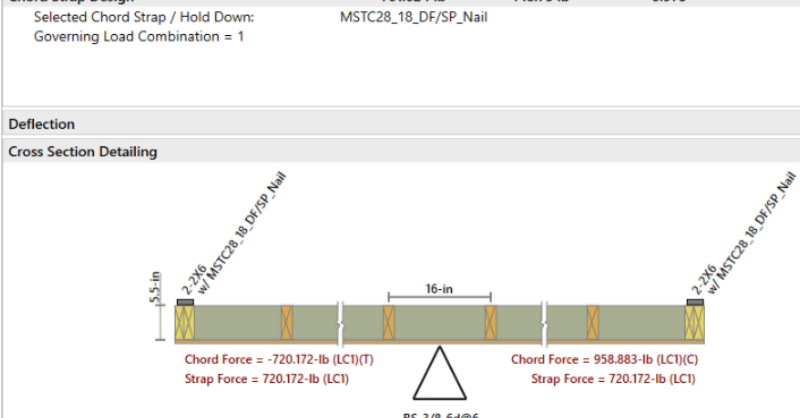
With the recent release of RISA-3D v17 the program now offers the user the option to use Chord Straps between floors of a wood shear wall building in lieu of using hold downs. Chord Straps are a great option for transferring tension load between floors of a multi-floor building and can be installed without accessing the inner framing of your shear wall.
In RISA-3D the program allows the application of chord straps the same way one would apply hold downs, but with a different tool. This new tool is placed right next to the hold down tool in the Wall Panel Editor.
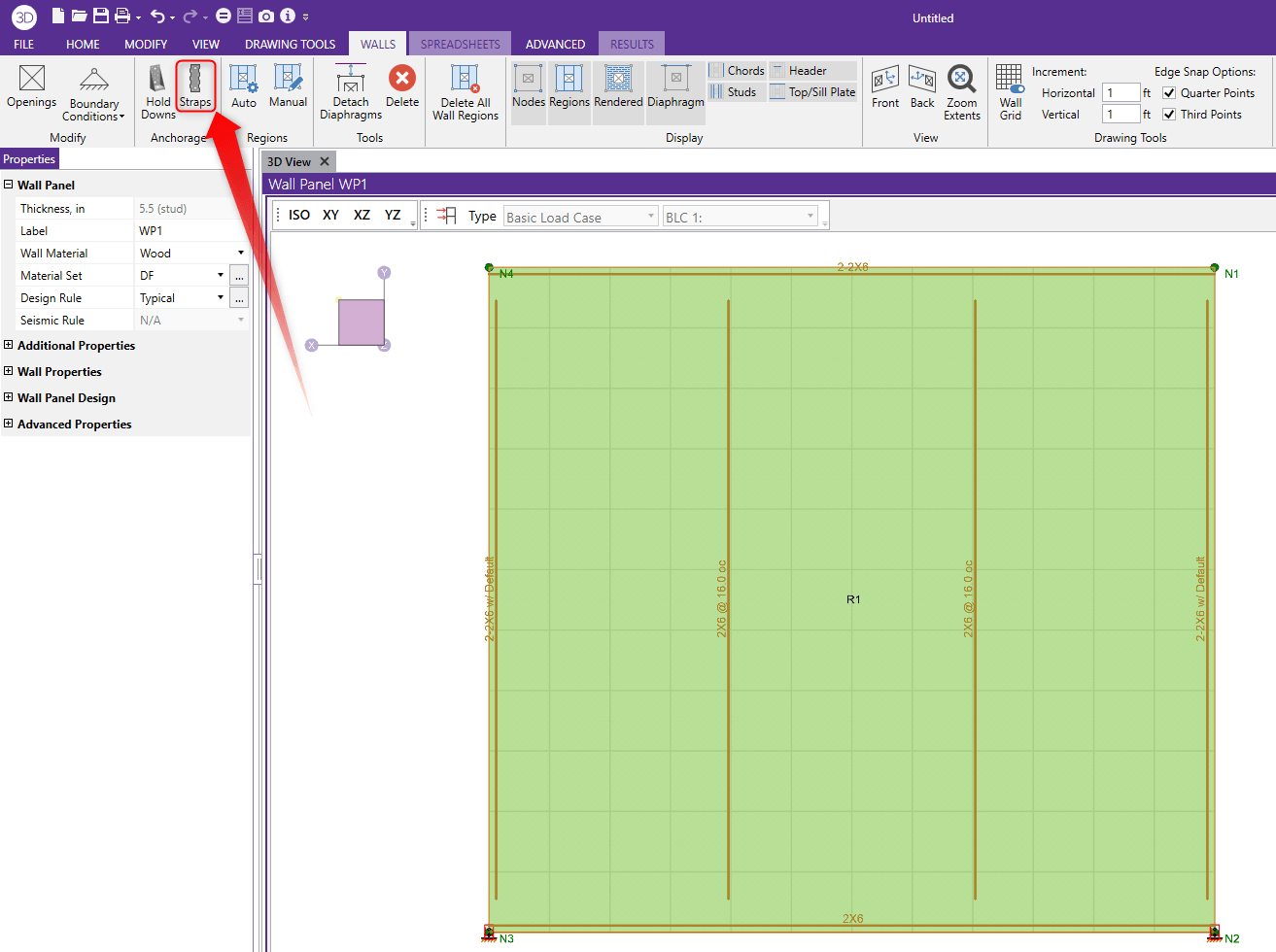
To select what chord strap schedule you would like the program to design from, there is an option in the Wall Panel Design Rules spreadsheet right next to the hold down schedule.

Currently you can choose to design your straps based on a database of Simpson Strong-Tie chord straps that includes their CMST, CS, MST, and HST products.
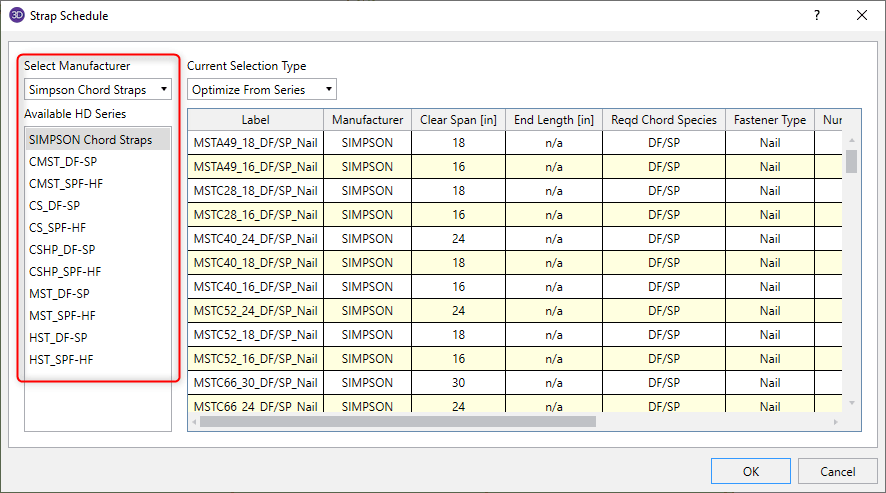
Results will be similar to using hold downs, but will now show a strap on the exterior face of the Cross Sectional Detailing section of your wall’s region specific Detail Report. Results will also be specific to the strap that has been chosen for your design.
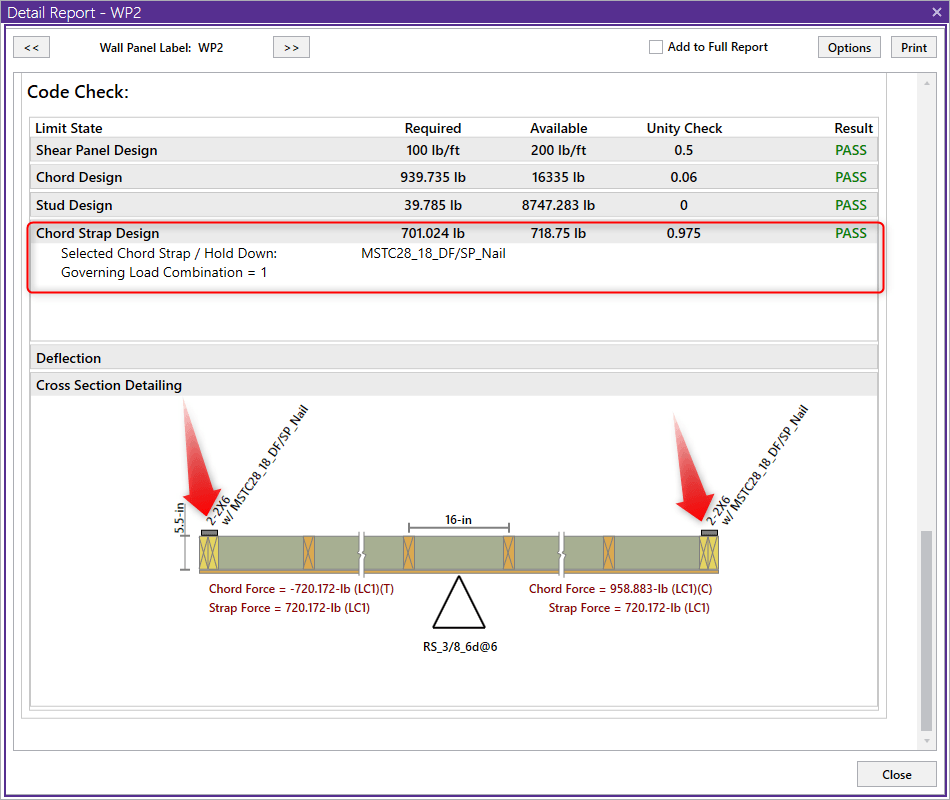
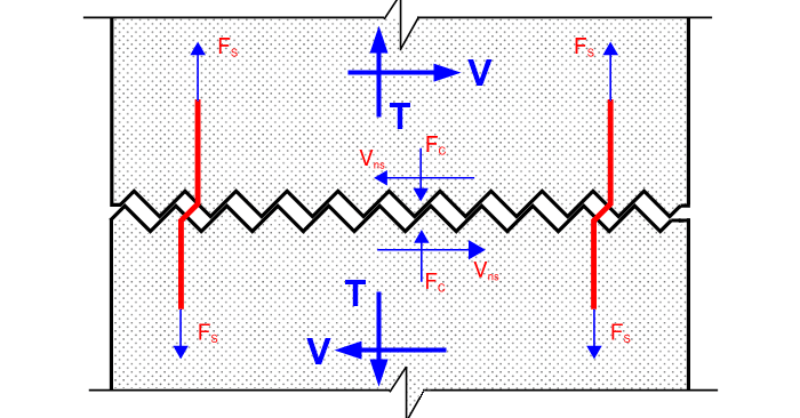
When designing concrete shear walls for lateral loading, RISA-3D includes design checks for both in-plane and out-of-plane shear. In the condition...